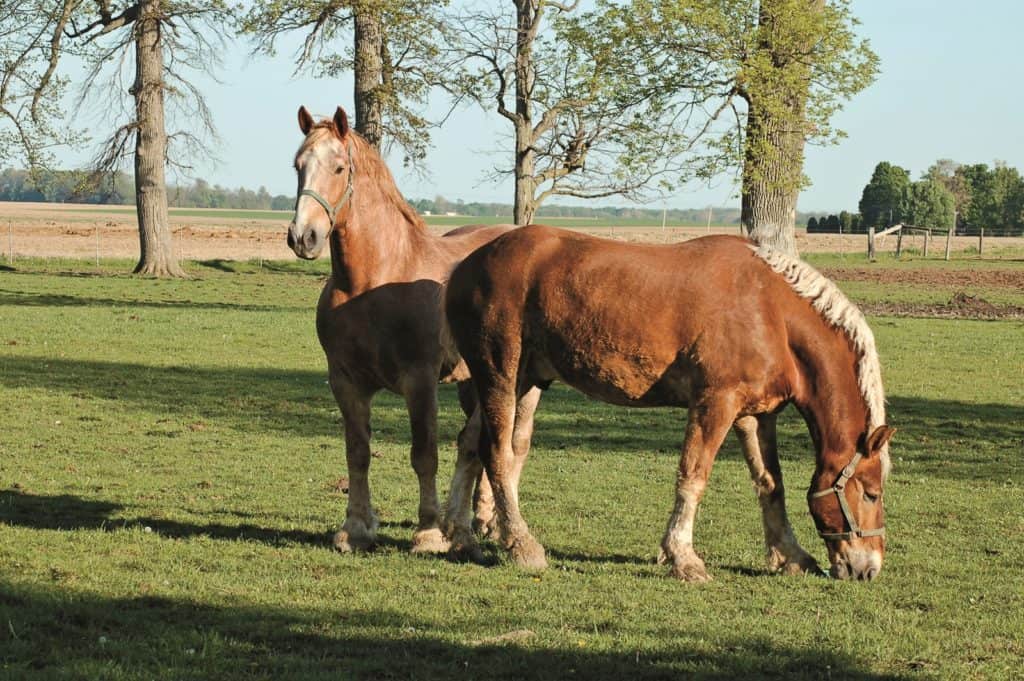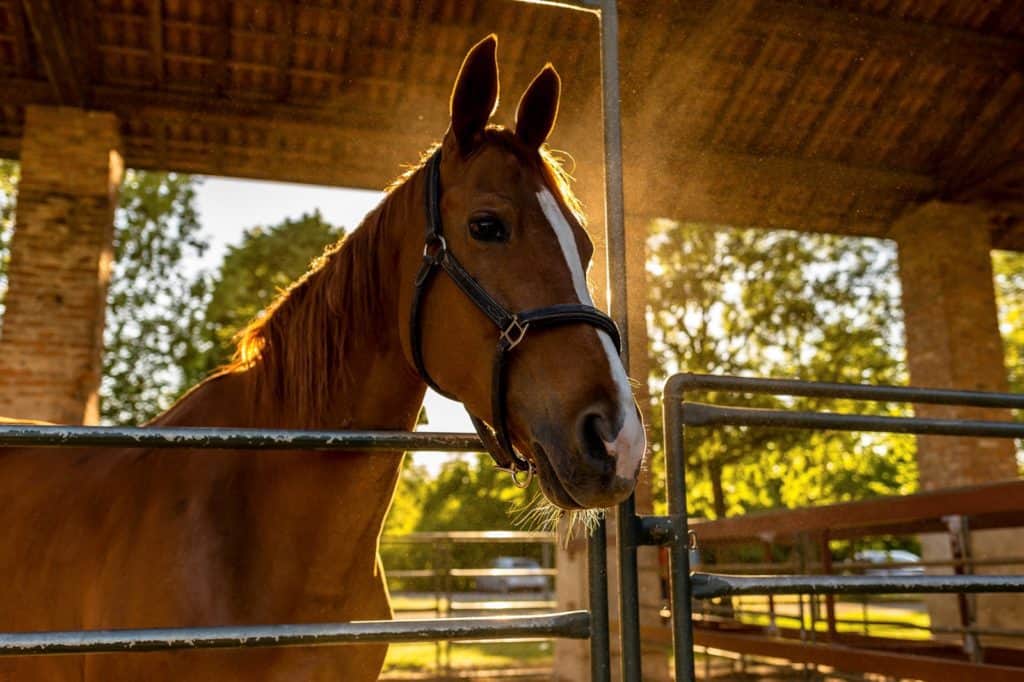Equine Foundation of Canada Donates to AVC
The AVC used the funds for equipment to diagnose and treat equine lameness, cardiovascular, and gastrointestinal issues.
The AVC used the funds for equipment to diagnose and treat equine lameness, cardiovascular, and gastrointestinal issues.

Researchers hope to track the progress and prevalence of radiographic abnormalities in yearling Thoroughbreds.

In one study 15 affected horses presented with a sudden change in ridden behavior, but only one had a history of trauma.

Veterinarians have begun research, using the scanner in a clinical trial on client-owned horses.

Rib fractures can cause problems even when there’s no history of trauma or obvious signs indicative of a fracture.

Horses that plow, heal, or protect have distinctly different lifestyles than the average riding horse.

Learn how acupuncture is used to supplement conventional therapies and treatments given to equine patients.

This could allow improved treatments and management for the disorder, as well as improved welfare for affected horses.
Dr. Kyla Ortved will review the varying types of regenerative medicine and their applications in the equine athlete.
The researchers are nearly ready to start analyzing data, but the surveys will remain online for a few more weeks.

A vitamin E deficiency can lead to neurologic problems as well as a retina disorder called pigment retinopathy.

While we can’t cure heaves, or equine asthma, we can help manage their signs of disease. Here’s how.

Some horses’ navicular bones segmented into two or three parts, which can be detrimental to health and welfare.

Researchers are making steady progress toward understanding catastrophic fractures and, ultimately, how to prevent them.

Ashley Wagner-Wells’ research focused on equine protein metabolism and skeletal muscle physiology.

Do you have a mature or senior horse? Find out how to keep him comfortable and competitive as he ages!
Stay on top of the most recent Horse Health news with
"*" indicates required fields